Disclosure: This article contains affiliate links. We may earn a commission from purchases at no extra cost to you, which helps our travel content.
Standing at the precipice of Mount Carmel, with the Mediterranean Sea stretching infinitely before me, I felt that familiar tingle of discovery—the same sensation I first experienced in the Himalayas decades ago. Haifa, Israel's third-largest city, cascades down the mountain slopes like a living topographical map, revealing layers of history, culture, and breathtaking vistas at every elevation. This port city isn't just a geographical wonder; it's a harmonious blend of Jewish, Muslim, Christian, and Bahá'í communities that creates a cultural tapestry as vibrant as any traditional dance I've witnessed across five continents.
Day 1: Bahá'í Gardens and German Colony
My Haifa experience began where most visitors start—at the UNESCO World Heritage Bahá'í Gardens. As someone who's climbed peaks across Nepal and Bolivia, I'm rarely impressed by constructed landscapes, but these 19 terraced gardens demanded reverence. Arriving early at 9 AM secured my spot in the free guided tour that descends through the central axis of the gardens.
The precision of the landscaping reminded me of Japanese gardens I've explored in Kyoto—every element intentional, creating a sense of harmony that speaks to the Bahá'í principles of unity. The geometric patterns flow down the mountainside with mathematical precision, yet there's a fluid dance to how light plays across the terraces throughout the day.
After the gardens, I wandered down to the German Colony, where the templar history is preserved in restored stone buildings along Ben Gurion Boulevard. For lunch, I settled at Fattoush restaurant, where the tabbouleh and freshly baked laffa transported me straight back to my culinary adventures in Northern India—different flavors but that same celebration of fresh ingredients and cultural heritage.
In the afternoon, I explored the Haifa City Museum, where I learned how this port city evolved through Ottoman, British, and Israeli control. My portable water filter proved invaluable throughout the day, allowing me to stay hydrated without purchasing single-use plastic bottles—a small but meaningful contribution to preserving beautiful places like this.
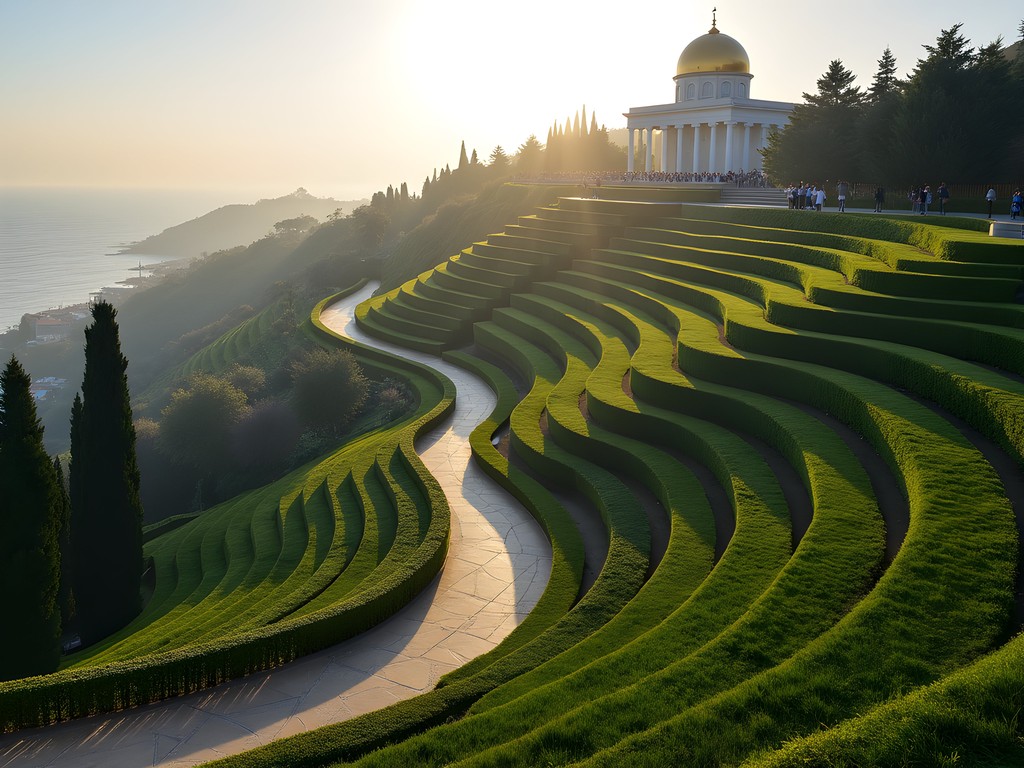
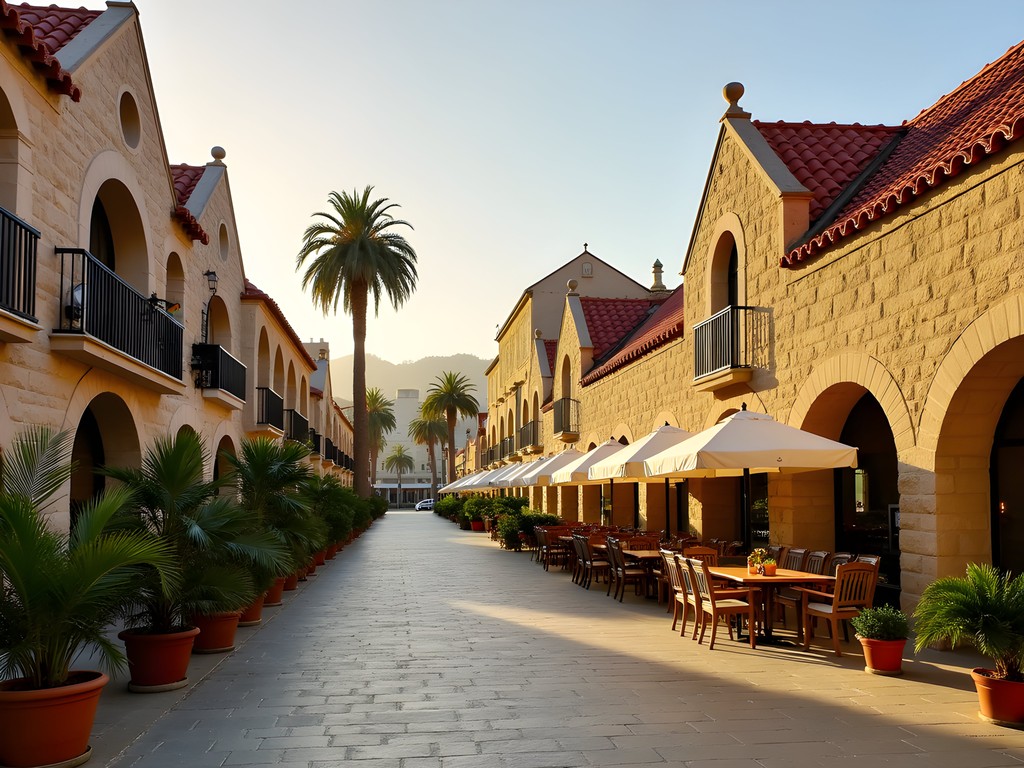
💡 Pro Tips
- Visit the Bahá'í Gardens early morning (9 AM) to avoid crowds and heat
- The free guided tours run multiple times daily, but English tours are limited—check schedules in advance
- Wear comfortable walking shoes with good traction; the gardens involve significant elevation changes
Day 1 Evening: Culinary Adventures and Local Dance
As the Mediterranean sunset painted Haifa's sky in brilliant oranges and purples, I made my way to the bustling Wadi Nisnas neighborhood. This predominantly Arab district comes alive in the evenings, with food stalls and small restaurants serving authentic Middle Eastern cuisine. Having spent decades exploring cultural expressions through food and dance, I've found that evening markets often reveal the true pulse of a city.
I joined a small food tour I'd booked through GetYourGuide, which proved to be an excellent decision. Our guide Miriam, a local of mixed Jewish and Palestinian heritage, navigated us through hidden alleys to family-owned establishments I would have never discovered independently.
The highlight was watching fresh knafeh being prepared at a third-generation sweet shop—the cheese stretching like the finest choreography as it was pulled and layered with shredded phyllo and pistachios. The combination of textures reminded me of the contrasts in Kathak dance—moments of stillness punctuated by rapid, precise movements.
Later that evening, I was fortunate to catch a performance of contemporary Israeli dance at the Haifa Cultural Center. The dancers incorporated elements of traditional Jewish, Arab, and European movements—a physical manifestation of the city's multicultural identity. As someone who's documented traditional dance forms across four continents, I was mesmerized by how seamlessly these performers blended disparate cultural elements into a cohesive artistic expression.

💡 Pro Tips
- Book food tours at least a day in advance as they fill quickly, especially in spring
- Many small establishments in Wadi Nisnas are cash-only—bring shekels
- Check the Haifa Cultural Center's schedule online for performances during your visit
Day 2: Mount Carmel National Park and Stella Maris
My second day began with what feeds my soul most—hiking. Mount Carmel National Park offers numerous trails that remind me of my mountaineering days in Peru, though at a much gentler grade. I set out early with my trekking poles to tackle the panoramic trail that winds through pine forests and Mediterranean scrub.
While not technically challenging (nothing like the Himalayan passes I've navigated), the Louis Promenade offers spectacular vistas that shift between dense vegetation and sweeping Mediterranean panoramas. The limestone outcroppings along the path tell geological stories similar to those I've read in the Andes—layers of earth compressed and uplifted over millennia.
After a rejuvenating morning hike, I visited the Stella Maris Monastery, perched dramatically on Mount Carmel's northwestern slope. The Carmelite monastery's baroque architecture contrasts beautifully with the natural surroundings. Inside, the domed ceiling is adorned with paintings depicting the prophet Elijah, whose cave sits directly beneath the altar.
For lunch, I unpacked a simple picnic on the monastery grounds, using my collapsible silicone containers filled with local olives, hummus, and fresh pita I'd purchased from the Haifa market that morning. These containers have accompanied me from Bolivia to Japan, allowing me to enjoy impromptu meals while minimizing waste.
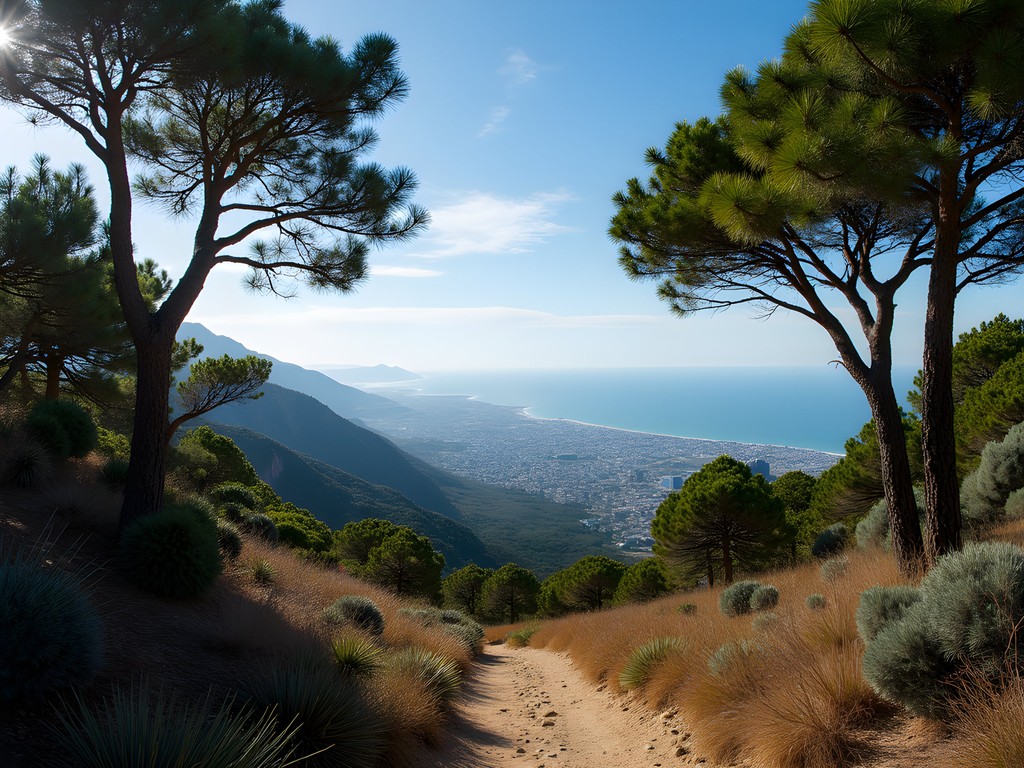
💡 Pro Tips
- Start hiking before 9 AM to avoid midday heat, especially if visiting in late spring
- The Louis Promenade is well-marked but download offline maps as backup
- Stella Maris requires modest dress—shoulders and knees covered for both men and women
Day 2 Afternoon: Haifa's Museums and Beach Sunset
The afternoon offered a perfect opportunity to explore Haifa's cultural institutions. The Tikotin Museum of Japanese Art was an unexpected delight—as someone who's spent considerable time in Japan documenting traditional dance forms, finding such an extensive collection of Japanese artifacts in Israel created a fascinating cross-cultural dialogue in my mind.
The museum's exhibition on Butoh dance particularly resonated with me, drawing parallels between this post-war Japanese art form and the resilience I've witnessed in communities across Northern India and Nepal. I spent nearly two hours sketching movement concepts in my waterproof travel journal, which has accompanied me through monsoon seasons in the Himalayas and never failed to protect my observations.
As afternoon transitioned to evening, I made my way to Dado Beach—Haifa's most accessible urban shoreline. Unlike the crowded beaches of Tel Aviv further south, Dado offers a more relaxed atmosphere where locals gather to watch the sunset. I joined an impromptu drum circle, my years of studying rhythmic patterns in traditional dance allowing me to fall naturally into the collective percussion.
For dinner, I discovered Douzan, a restaurant where Arab and Jewish chefs collaborate on a fusion menu. The taboon-baked fish, wrapped in grape leaves and served on a cedar plank, exemplified Haifa's cultural blending—techniques from multiple traditions creating something entirely new yet respectful of its origins. I paired it with a local Galilean Viognier, served in my collapsible wine glass, another staple in my travel kit that allows me to enjoy regional wines responsibly wherever my adventures take me.
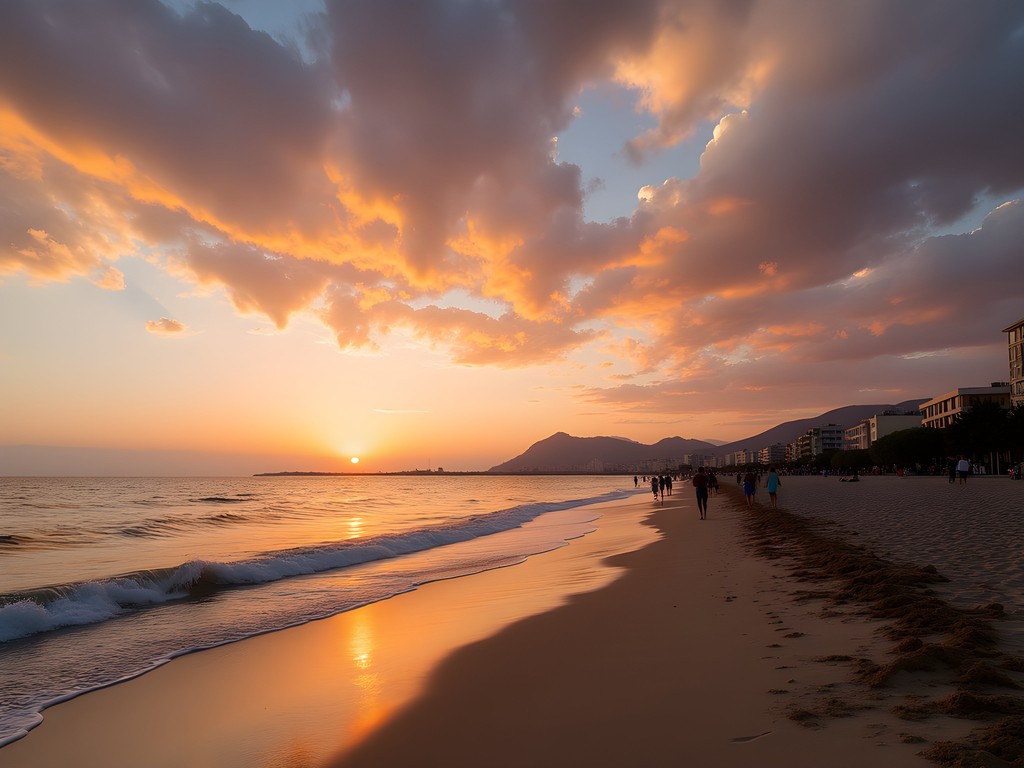
💡 Pro Tips
- Museum tickets are discounted after 4 PM on weekdays
- Dado Beach has free public showers and changing facilities
- Restaurants near the beach often require reservations during sunset hours—book in advance
Accommodations: Where to Stay in Haifa
Finding the right accommodation in Haifa requires balancing location with the experience you seek. After decades of travel, I've learned that mid-range options often provide the best combination of comfort, authenticity, and value.
I chose the Bay Club Hotel, housed in a restored Ottoman-era building in the German Colony. The location proved ideal—walkable to the Bahá'í Gardens and close to excellent restaurants, yet quiet enough for restful sleep. My room featured high ceilings and arched windows typical of the period architecture, with modern amenities thoughtfully integrated.
What elevated my stay was the rooftop terrace, where I practiced my morning yoga while watching the sun illuminate the golden dome of the Bahá'í shrine. The hotel also provided a portable espresso maker in each room—a thoughtful touch I've since added to my own travel kit.
For couples seeking a more intimate experience, the boutique Schumacher Hotel offers just 40 rooms in a Bauhaus-style building with a lovely courtyard garden. For those prioritizing sea views, the Dan Carmel sits higher on the mountain with panoramic vistas from most rooms, though at a higher price point.
Whichever accommodation you choose, I recommend staying in the area between the German Colony and Carmel Center for optimal access to Haifa's attractions while minimizing the need to navigate the city's steep inclines repeatedly.

💡 Pro Tips
- Request a room on higher floors for better views and less street noise
- Hotels near Louis Promenade offer the best combination of views and accessibility
- Many smaller boutique hotels offer free parking—a significant advantage if you're renting a car
Final Thoughts
As my 48 hours in Haifa drew to a close, I found myself at the Louis Promenade one final time, watching fishing boats return to the harbor below. This city, cascading from mountain to sea, embodies what I've sought throughout my decades of travel—authentic cultural exchange set against breathtaking natural beauty.
Haifa doesn't demand attention like Jerusalem's ancient stones or Tel Aviv's pulsing energy. Instead, it extends an invitation to witness harmony—between religions, between landscape and urban development, between preservation and progress. For couples seeking a weekend escape, Haifa offers intimate moments of discovery without overwhelming crowds.
What struck me most was how the city's topography creates natural transitions between experiences—from spiritual reflection in the Bahá'í Gardens to cultural immersion in Wadi Nisnas to Mediterranean relaxation along the shore. Like the best choreography, Haifa moves you through emotional landscapes as varied as its physical ones.
As I prepare for my next adventure, I carry with me the rhythms of Haifa—the steady climb of its terraced gardens, the gentle percussion of waves against its shores, and the harmonious dance of its diverse communities. In a region often defined by division, Haifa reminds us that coexistence isn't just possible; it can be beautiful.
✨ Key Takeaways
- Haifa's unique topography creates distinct neighborhoods and experiences within walking distance
- The city offers Israel's best example of peaceful coexistence between diverse religious communities
- Spring visits provide ideal weather for both hiking Mount Carmel and enjoying Mediterranean beaches
📋 Practical Information
Best Time to Visit
April-May (spring) or September-October (fall)
Budget Estimate
$150-200 per day for mid-range accommodations, meals, and activities
Recommended Duration
2-3 days
Difficulty Level
Easy To Moderate (Some Steep Walking Required)
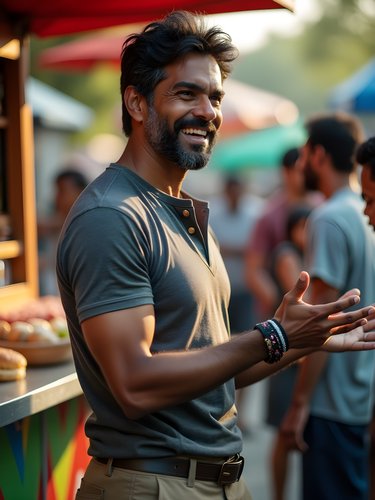
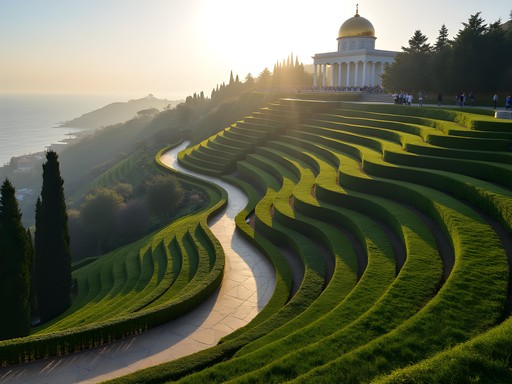

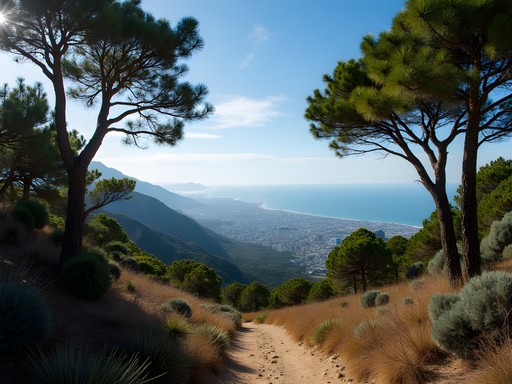
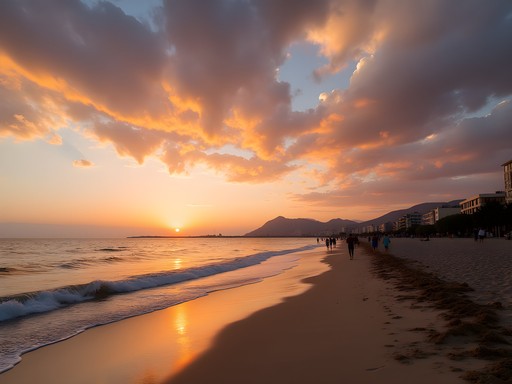
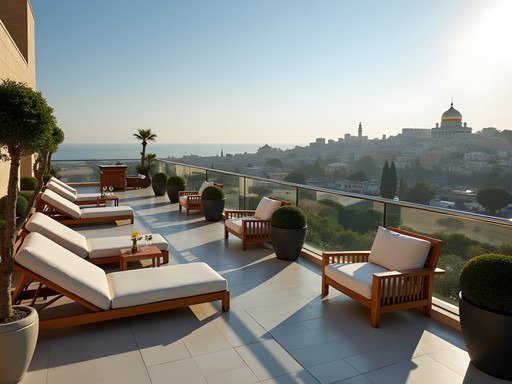


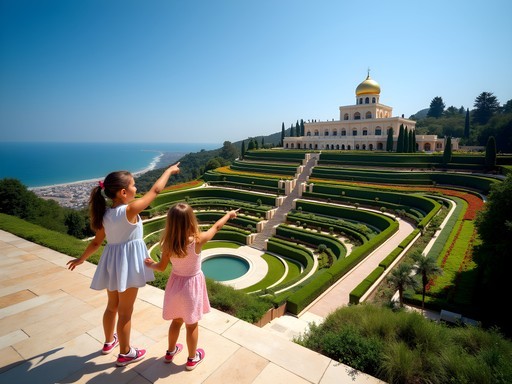
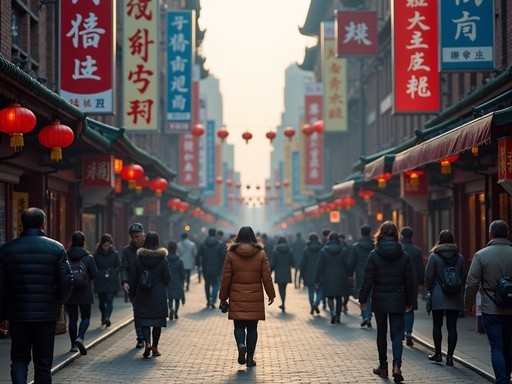






Comments
backpack_wanderer
Just got back from Haifa last week! Pro tip: the view from the Louis Promenade at sunset is even more magical with a bottle of local wine and some snacks. There's a little market near the Carmel Center where you can grab provisions. Also, we found the Haifa City Museum surprisingly good and not crowded at all.
islandking
Thanks for the Louis Promenade tip! How's the weather in September? Still beach-worthy?
backpack_wanderer
Definitely! September is perfect - still warm (around 80°F/27°C) but not as humid as summer. The Mediterranean was lovely for swimming. Beaches weren't crowded either.
SunnyDays55
Love the sunset beach photo! Adding Haifa to my bucket list right now.
Megan Martin
Aiden, your description of the Bahá'í Gardens took me right back! I visited last October and the terraced gardens literally took my breath away. One tip for readers: go early morning (8am) for the English tour from the top entrance - you'll beat both the crowds and the midday heat. The local guide explained the symbolism behind the 19 terraces which added so much depth to the experience. Also, that hummus place in the German Colony (I think it was Fattoush?) was life-changing. Did you try the shakshuka anywhere? The one at Café Albi near the beach was my favorite breakfast in Israel.
travel_dreamer92
Those gardens look incredible in the photos! Worth a day trip from Tel Aviv?
Megan Martin
Absolutely worth it! It's only about an hour by train from Tel Aviv, and the gardens alone are worth the trip. If you go, add Acre (Akko) to your day trip - it's just 20 min further north by train and has amazing Crusader ruins.
cooldiver
Going to Israel in November and thinking of adding Haifa to the itinerary. Is 48 hours enough or should I plan for more time? Also, any recommendations for good photography spots beyond what you mentioned in the article?
Aiden Gupta
48 hours is enough for the highlights, but if you're into photography, I'd add an extra day. Don't miss the sunset at Bat Galim Beach - amazing light and interesting fishermen to photograph. Also, the Ursula Malbin Sculpture Garden has some cool compositions with the city as backdrop.
cooldiver
Thanks so much! Adding those spots to my list.
islandking
This looks amazing! How difficult was it to get around Haifa without a car? Planning a trip there in November and wondering if public transport is reliable.
Megan Martin
Hi @islandking! Not the author but I was in Haifa last year. The public transport is excellent - the Carmelit (underground funicular) is super convenient for going up/down the mountain. Buses are reliable too. Just avoid public transit during Shabbat (Friday evening to Saturday evening).
islandking
Thanks for the tip about Shabbat, wouldn't have thought of that! Any neighborhoods you'd recommend staying in?
Megan Martin
The German Colony area is perfect - beautiful architecture and walking distance to the Bahá'í Gardens. Lots of restaurants too. I used this guidebook which had great neighborhood recommendations!
moonmaster
Those Bahá'í Gardens photos are AMAZING!!! Adding Haifa to my bucket list right now!
Sarah Powell
Aiden, your description of the view from Mount Carmel perfectly captures that feeling we travelers chase! I visited Haifa three years ago and found the public transportation surprisingly efficient for getting around. One thing I'd add for your readers is to consider the Carmelit underground funicular if they're staying downtown - saves the uphill climb and offers some interesting historical context. The Bahá'í Gardens are indeed best in morning light for photography. I'd also recommend visitors check the schedule for guided tours of the gardens - they're free and add so much context to the experience.
cooldiver
Is Haifa generally safe for solo female travelers? Planning a trip there and wondering if I should join a tour group instead.
Sarah Powell
Absolutely! I traveled solo and felt very safe. Just use normal travel precautions. The locals were incredibly helpful when I got lost once. I used my pocket translator a few times but many people speak English.
beachpro
Just got back from Haifa last week and this guide would've been SO helpful! The Bahá'í Gardens were incredible but I made the mistake of going midday - way too hot. Your morning visit was definitely the smart move. The German Colony restaurants were amazing though - had the best shakshuka of my life there. Did you try any of the street food near the port area?
Aiden Gupta
Thanks beachpro! Yeah, those gardens get brutal in midday heat. I did try some amazing falafel from a little stand near the port - can't remember the name but it had a blue awning. Absolute perfection!
beachpro
I think I know the one you mean! With the older gentleman making everything fresh? That place was incredible!
Claire Hawkins
Aiden, your post brought back so many memories! We visited Haifa with our kids (7 and 10) last year and they were mesmerized by the Bahá'í Gardens too. One thing I'd add for families - the MadaTech science museum is absolutely worth a visit. It's interactive and kept our children engaged for hours. Also, for anyone visiting in summer, the beaches are much less crowded than Tel Aviv's and perfect for an afternoon swim after sightseeing. The Bat Galim beach area has some lovely family-run restaurants where you can eat with your feet practically in the sand. Can't wait to go back!
hikingstar
Were two days enough with kids? Thinking of taking mine but worried it's too rushed.
Claire Hawkins
We actually stayed three nights and that felt perfect with kids. Two full days would work but might feel rushed if your children like to take their time. The cable car up Mount Carmel was a big hit with ours!
winterclimber796
That sunset photo from the Louis Promenade is STUNNING! Did you use a special camera or just your phone?
Venture X
Premium card with 2X miles, $300 travel credit, Priority Pass